In the fields of construction, manufacturing, agriculture, and municipal engineering, the use of steel pipes is almost everywhere. In order to extend the service life of steel pipes in humid and corrosive environments, galvanizing has become an important anti-corrosion method. Among the many galvanizing processes, "hot-dip galvanized pipes" and "pre-galvanized pipes" are the two most widely used types.
At first glance, the two types of steel pipes look similar, both with bright silver surfaces, and seem to be not much different. But in fact, there are obvious differences between them in terms of manufacturing methods, anti-corrosion performance, and application areas. This article will take you to a deeper understanding of their characteristics and help you choose the right product according to your actual needs.
Hot-dip galvanized pipe is galvanized by immersing the processed steel pipe in a high-temperature zinc liquid of about 450°C. This process forms a dense, solid zinc-iron alloy layer and a pure zinc layer on the surface of the steel pipe, which has extremely high adhesion and corrosion resistance.
Features:
The zinc layer has a high thickness: it can generally reach 45~80 microns (μm), and it can still maintain a long service life in harsh environments.
Strong anti-corrosion performance: the zinc layer not only forms a physical barrier, but also prevents steel from being corroded through "cathodic protection" when it is locally damaged.
Long service life: up to 2050 in general environments, and 1020 years in industrial and high-salt environments.
Wide range of applications: including outdoor building structures, communication towers, traffic guardrails, water conservancy facilities, photovoltaic brackets, etc.
Due to its excellent durability, hot-dip galvanized pipes are considered a more reliable choice in long-term engineering projects, especially suitable for use in harsh environments such as wind, sun, rain and corrosion.
2. What is a pre-galvanized pipe?
Pre-galvanizing is also called mill galvanizing. This process is very close to hot-dip galvanizing, but is carried out in the first stage of production. It always takes place in the steel mill on materials that are already in a specific shape or before being cut to size and processed.Pre-galvanizing includes some of the steps of hot-dip galvanizing, such as cleaning the surface, immersion in a hot zinc bath, and the coiling process.
3.Comparison of Hot-Dip Galvanized and Pre-Galvanized Pipes
The main difference between hot-dip galvanized and pre-galvanized pipes is the thickness of the zinc coating on the steel pipes. Hot-dip galvanized pipes have a more robust zinc coating, making them more expensive than pre-galvanized pipes. However, they offer reliable protection against rust and other types of corrosion, making them ideal for outdoor applications, especially in industrial and harsh environments.
In contrast, pre-galvanized pipes have a thinner, more delicate coating than hot-dip pipes, making them less expensive. They are ideal for indoor applications or areas with low environmental hazards.
|
Comparison Aspect
|
Hot-Dip Galvanized Pipe
|
Pre-Galvanized Pipe
|
|
Galvanizing Method
|
The finished steel pipe is dipped into molten zinc.
|
Zinc is applied to the steel strip before pipe forming.
|
|
Zinc Coating Thickness
|
Thicker (typically 45–80μm or more)
|
Thinner (typically 10–30μm)
|
|
Adhesion
|
Strong metallurgical bond; coating does not peel easily
|
Weaker adhesion; cut edges and welds may lack zinc layer
|
|
Corrosion Resistance
|
Excellent, suitable for harsh environments
|
Moderate, suitable for low-corrosion environments
|
|
Service Life
|
20–50 years depending on the environment
|
5–10 years depending on the environment
|
|
Cost
|
Higher due to more complex process
|
Lower cost, suitable for mass production
|
|
Appearance
|
Rougher or matte finish, darker gray surface
|
Smooth and shiny metallic surface
|
|
Typical Applications
|
Outdoor structures, industrial pipelines, utility projects
|
Indoor framing, cable trays, greenhouses, light structures
|
What is the difference between galvanized pipe and black steel pipe
The main difference between galvanized pipe and black steel pipe is the surface treatment and corrosion resistance. The surface of galvanized pipe is covered with a layer of zinc, which makes it more corrosion-resistant, while black steel pipe has not been additionally treated and is prone to rust. Galvanized pipe is usually used to transport water, while black steel pipe is more suitable for transporting gases, such as natural gas.






 English
English Español
Español بالعربية
بالعربية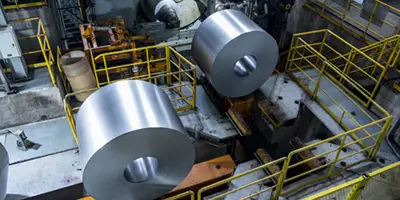

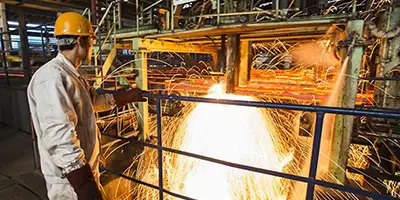
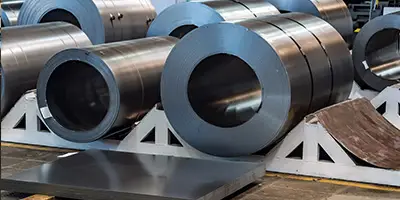

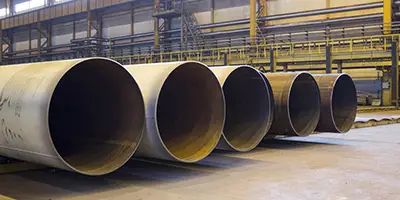

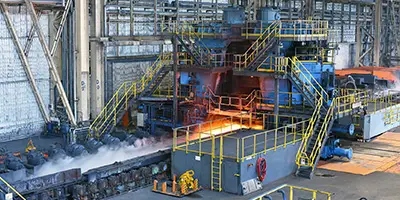
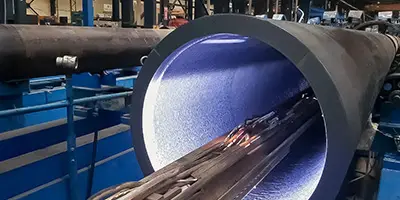
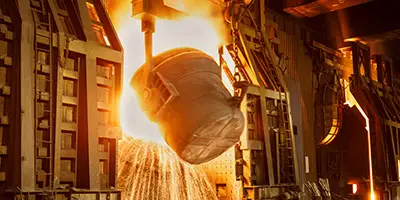
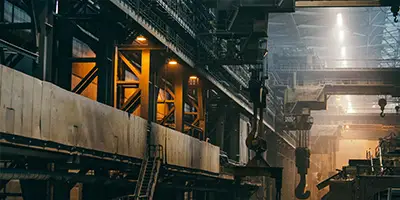
 Phone :
Phone :  Whatsapp :
Whatsapp :  Email :
Email : 


